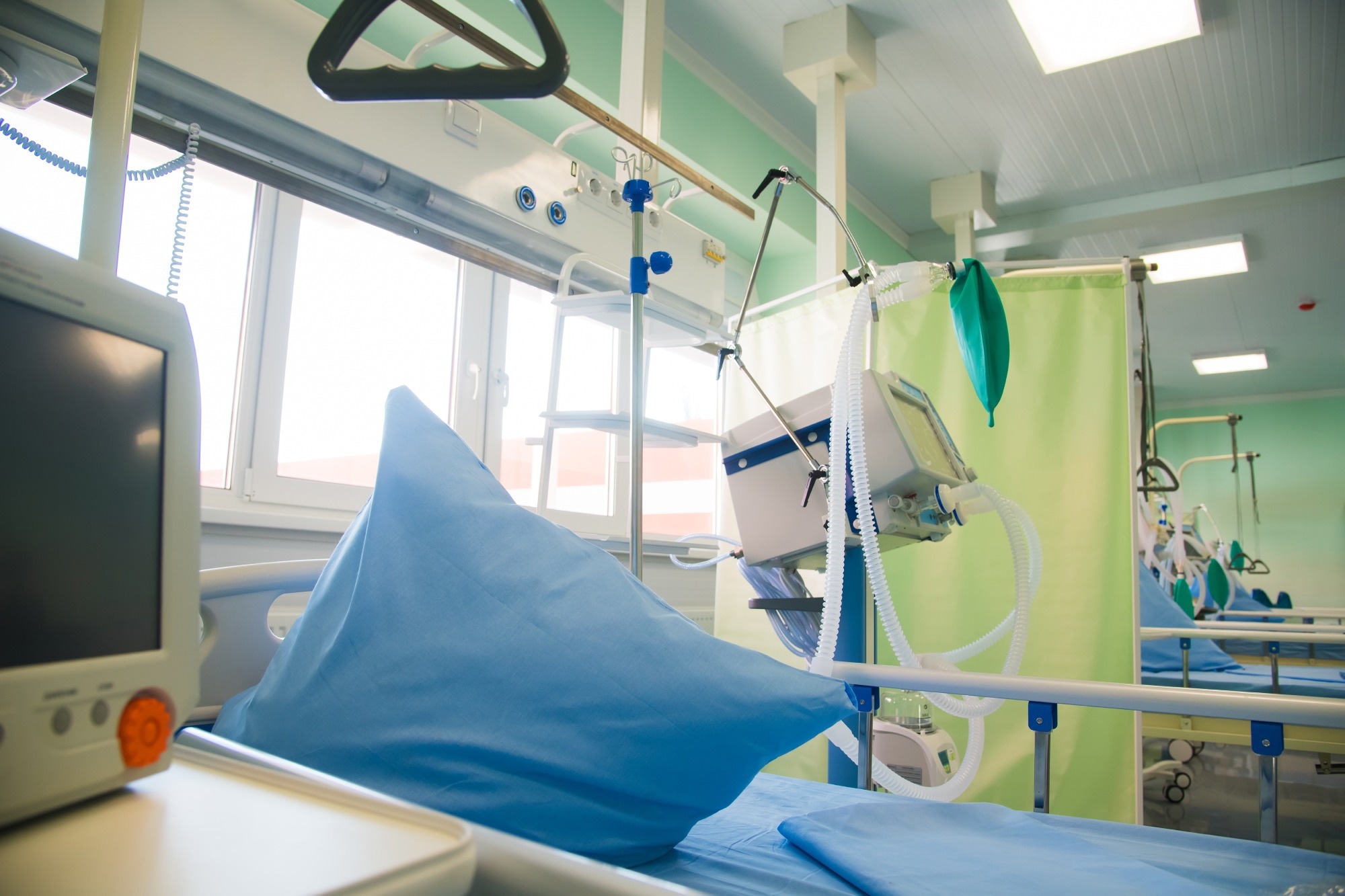In a recent study published in the Frontiers in Medicine journal, researchers examined the phenotypes of acute kidney injury (AKI) in hospitalized coronavirus disease 2019 (COVID-19) patients.
 Study: Unsupervised clustering reveals phenotypes of AKI in ICU COVID-19 patients. Image Credit: SGr/Shutterstock
Study: Unsupervised clustering reveals phenotypes of AKI in ICU COVID-19 patients. Image Credit: SGr/Shutterstock
AKI affects roughly one in three patients hospitalized in an intensive care unit (ICU), making it a fairly common disorder. An abrupt drop in glomerular filtration rate is the main feature of AKI. This unifying concept, though, fails to account for the many pathways involved in AKI pathophysiology, each of which has unique traits and therapeutic responsiveness.
About the study
In the present study, researchers developed a cutting-edge machine learning system that could sub-phenotype AKI per its pattern of risk variables.
To group AKI patients based on their pattern of risk variables, the team performed a retrospective, single-center cohort analysis to identify factors related to the emergence of AKI. All COVID-19 patients hospitalized in the ICU in the Geneva University Hospitals were screened from March through December 2020 as part of the trial. Patients were eligible for the study if they were older than 18 years and were not receiving chronic dialysis.
Finally, the team evaluated the following factors for the duration of the ICU stay: the requirement for invasive mechanical ventilation, the use of extracorporeal membrane oxygenation (ECMO), neuromuscular blocking agents (NMBA), antibiotics, norepinephrine, antibiotics, and the total duration of those medications, the requirement for prone positioning as well as the number of prone sessions, along with the use of inhaled nitric oxide. The team gathered all the serum creatinine measurements estimated during the hospital stay and the requirement for renal replacement treatment at the renal level.
The team examined hospital mortality, metabolic pattern, and the severity and recovery of AKI among clusters. KDIGO criteria were used to identify the severity of AKI, and stage 3 was split into two stages according to whether renal replacement therapy (RRT) was required. Furthermore, the team defined AKI recovery as serum creatinine levels that were 1.5 times lower than that at the baseline level and the lack of renal replacement treatment after an episode of AKI.
Unsupervised clustering was employed as the basis for the study method to detect subgroups of AKI patients. The team created a three-step pipeline of analysis on the raw dataset. To uncover characteristics strongly linked to the development of AKI in ICU patients, first, a nonlinear statistical model was constructed to determine the significance of each indicator for AKI risk at the individual patient level. Subsequently, unsupervised clustering was employed to detect patterns in the factors linked to AKI. Furthermore, the clinical results corresponding to the clusters of patients with AKI were compared.
Results
Approximately 40% of the 248 individuals that underwent analysis developed AKI. Among these, 14% underwent renal replacement therapy, while most had KDIGO1 AKI (RRT). Within three days of being admitted to the ICU, AKI was diagnosed. AKI patients more frequently had a history of hypertension and diabetes than those who did not report AKI. AKI patients were also older, predominantly male, and had lower estimated glomerular filtration rates (eGFR) at hospitalization time.
Additionally, at ICU admission, AKI patients had lower bicarbonate levels but higher troponin, C reactive protein (CRP), and procalcitonin levels as well as higher sequential organ failure assessment (SOFA) and acute physiology and chronic health evaluation (APACHE) scores. Azithromycin, norepinephrine, hydroxychloroquine, and Lopinavir/Ritonavir (LPV/r), were administered to AKI patients more frequently than dexamethasone. Finally, AKI patients had longer lengths of stay in the ICU and the hospital and more often required invasive mechanical ventilation, prone positioning, greater tidal volumes, and mechanical ventilation for longer periods of time. However, there was no difference in mortality between patients with and without AKI.
The final multivariable model found seven factors that were significantly linked to the development of AKI in the ICU: use of LPV/r that started prior to ICU admission, invasive mechanical ventilation required at ICU admission, and diabetes mellitus. On the other hand, dexamethasone administration at ICU admission was considered protective. A nonlinear relationship between AKI and the APACHE score, the FiO2 at ICU admission, as well as the eGFR at hospital entry was also observed.
Patients from cluster 3 had less severe AKI than those from clusters 1 and 2, and they underwent RRT less frequently. They also showed a better rate of recuperation. Patients from cluster 3 also showed unique metabolic profiles, more frequently showing the impaired metabolism profile and having higher inpatient mortality.
Finally, the severity of AKI and risk of hospital mortality were significantly positively correlated only in patients from cluster 3. With the use of this analytical process, the team classified AKI patients into three groups, each of which had a unique set of risk indicators. Additionally, these patients showed a variety of clinical traits, such as varying degrees of AKI severity, death, and recovery.
Overall, the present study demonstrated a novel technique for categorizing AKI patients into subgroups based on the most significant personal risk factors for the onset of AKI.